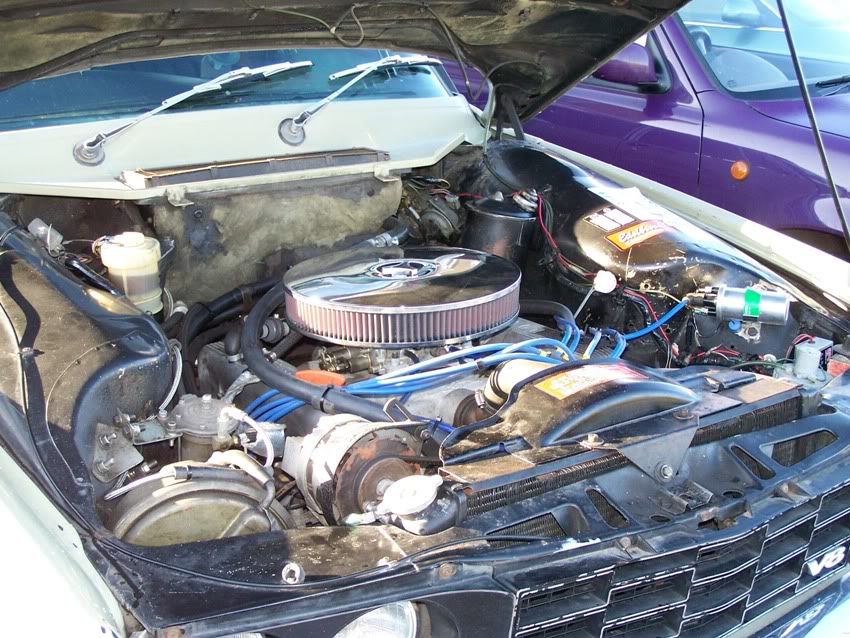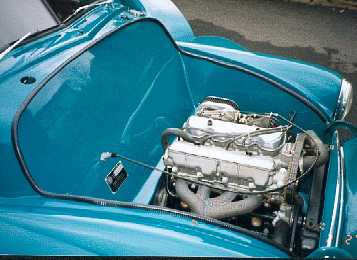by ghce on Sun Apr 12, 2009 10:21 am
SydneyRoverP6B wrote:
Hello Richard,
Yes it is amazing that at 40 years young, the Rover V8 is still being produced. The new blocks are made under lisence by Cosworth I understand?
The Rover inlet manifold is a 180 degree dual plane low rise design, where each SU carburettor feeds two cyclinders on the adjacent bank and two on the opposite bank. Their combined flow rate meets the requirements of the 4.6 in standard form, which is what mine is, save for the custom ground high torque camshaft.
Modifications to the carburettors include running increased float levels, a change in butterflies and substantially richer needles which were then custom polished to ensure that the air/fuel ratio across the rev range when under load delivered maximum power and torque at all points. This was all done on a rolling road. I provided a new Lucas distributor too, which was regraphed to meet the requirements of advance rate and maximum of the 4.6.
On the dyno, the 4.6 delivered 60% more power to the rear wheels compared to my 3.5. I was expecting fuel economy to suffer compared to the 3.5, but I was to be very pleasantly surprised.
My 4.6 delivers on average 34% better fuel economy. Country running sees a worst of 25mpg and a best so far of 29mpg. Both were run off at 60 to 70mph average.
With the 3.5, I always had to use lots of choke when first started, and it would often have to remain out for quite some miles, else the engine would cough and splutter. No such problem with the 4.6. I only use the choke to start the engine when cold. Once started, the choke is pushed nearly home, and within 5 to 10 seconds at most is closed completely. I can then drive without any issues at all. The 4.6 and the way it has been set up have totally transformed my Rover making it an infinitely better car.
Does your 4.0 litre Rover still run the standard differential?
Ron.
How many extra ponies do you have under the bonnet?? what was it like to fit in the engine bay and what other mods are on it??
Its nice to see win win stories
Graeme





